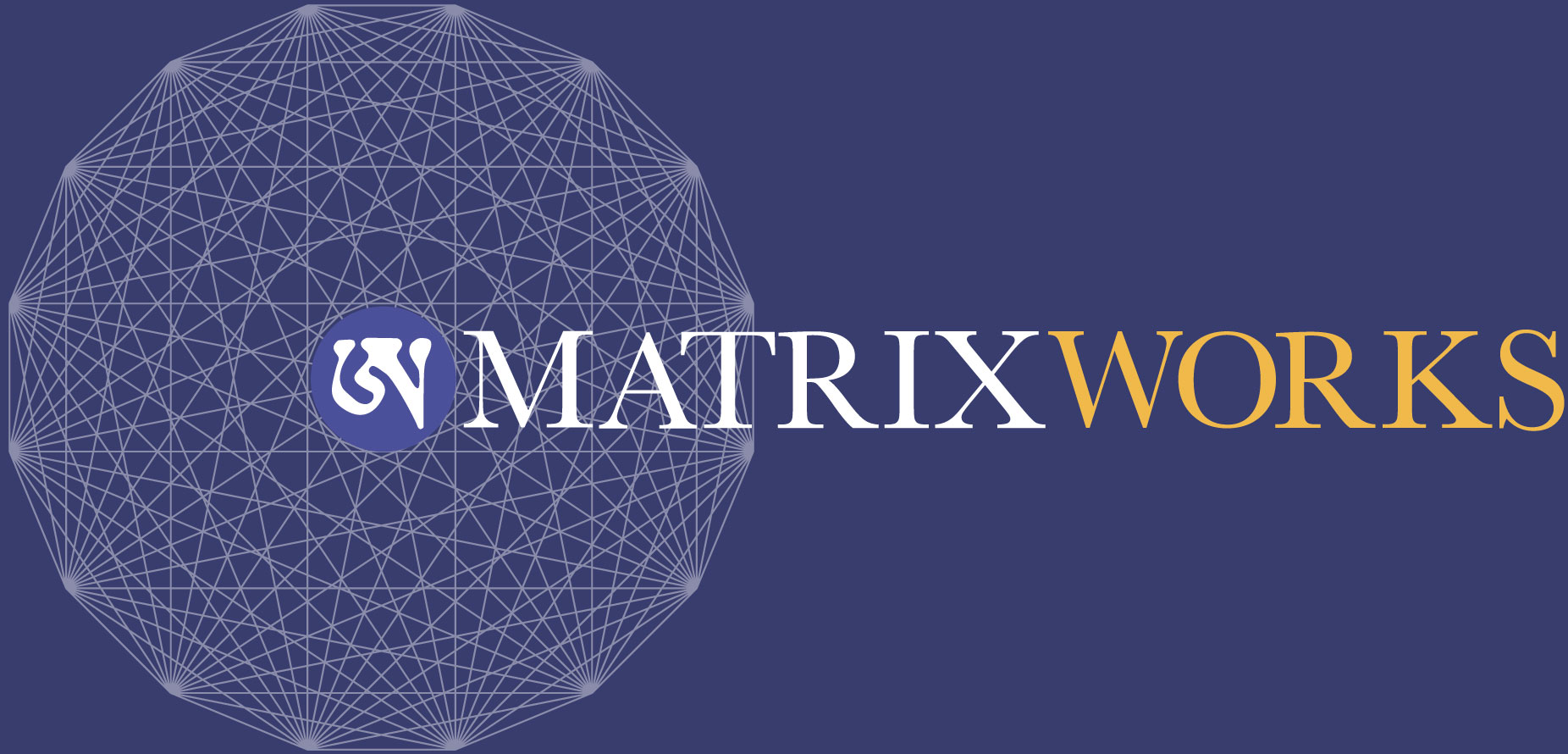This is a partner post to our Matrixworks podcast, Episode 3! (Click here to listen to the episode in the iTunes store)
Today we will explore using the systems of the human body as a metaphor for groups as living systems. I want to show you how to make this theory come alive in a training and really be a dynamic experience for us.
Living systems are made up of divergent parts. You can think about the bees in a beehive – there are many bees and together they make a beehive. In a group of people, the individual people in the group are the parts.
You can also take the human body as a metaphor and look at how the parts and systems of the body come together and make a convergent whole.
This whole is more than the sum of the parts. The way to understand this is to imagine that you have all of the pieces that make up the human body. This doesn’t mean that they would necessarily come together and make a whole individual. When we use this model of living systems, one of the conditions that has to be present to understand living systems is that the whole must be greater than the sum of the parts.
The other piece to understand here is that the parts exist in a dynamic relationship with each other, and in this dynamic relationship, there is continuous self-organizing and self-creating in order to serve life.
Let’s use the human body as a reference point. All parts of our body are constantly interacting and communicating with each other– cells, neurons, etc. Many levels of communication are taking place. These parts are continuously self organizing with one another to be in service of life for the human being.
How do we work with this in MatrixWorks?
We help leaders and individuals in groups understand this relationship between the parts and the whole. It plays out in group dynamics, so we point to the body system as a reference. This happens at the level of the individual, the interpersonal relationships, and also it impacts the larger field, or the energy present in the group. What MatrixWorks is trying to do is help us work with these principles so that we have choice, creativity, courage, and compassion in all groups we are a part of.
The metaphor that seems to be the best in communicating these principles is to look at the wisdom of the body systems, and understand how we all have these systems, but we may lead in a particular situation with one or another of these systems.
This was originally created by Bonnie Bainbridge Cohen in her Body-Mind Centering work. I studied this work further with Susan Aposhyan, when we began to look at the psychological correlation for each system.
The systems we will discuss:
- Muscles
- Bones
- Fluids
- Brain (both an organ and a part of the electrical//nervous/endocrine system)
- Organs
- Cells
- Breath
One system not included here that I may want to add is the system of the fascia– the connective tissue that is like a big wetsuit in the body and connects everything together.
All of these parts are very much needed, but if they’re out of balance within a group, it can be problematic.
- Looking at these first individually, if I’m interested in the intelligence or the wisdom of the muscles, what we’ve discovered is that people who take on this role have a preference for accomplishing tasks. These people really like to get things done and feel satisfied when the project can be complete. These are more likely the people who don’t want to process, talk about things so much, but instead want to push through difficulties and have the satisfaction that the job has been accomplished.
So reflect to yourself: How do you focus on tasks in a group? Are you using the intelligence of your muscles to contribute to the group, or is this a quality you need more of?
- Bones– we often called ‘the ancient ones.’ The psychological quality of bones is that they’re not emotional, they’re very neutral. Using this intelligence is like using structure to solve problems. People who lead with this quality of neutrality would say something like: ‘You can count on me to not be emotional and to bring structure.’ We can go to the wisdom of the bones to help us bring new structure in organizations.
- We find Fluids in people who enjoy a quality of flow, people who have a strong sense of this function sometimes as the mother of the group. These people are always trying to make connections, and like fluids, transport energy and information throughout the body/system/group. The gift that the fluids give us is the capacity for flexibility, adaptability and to be able to let go. “You can count on me to make connections and to be flexible.’
- Brain, nervous system, and endocrine system – these are quite interconnected, and function together, but we’ll take them apart a little bit.
The brain can have one of two modalities– sometimes the brain is defined as the CEO of the body and tell people what to do rather than partner with the whole. More and more we are understanding that the nervous system is distributed throughout the body and that three systems, as they work together, say something like: ‘You can count on us for everything’. They’re largely responsible for a lot of executive action in the human body.
The nervous system says: ‘You can count on me to keep you safe’. It is always scanning for safety, modulating behavior internally and externally in a way that a human can feel safe, and therefore be at our best.
The endocrine system provides a juiciness, a possibility for excitement. This can make us feel very uplifted or very depressed. ‘You can count on me to spice things up.’ The endocrine system is very much engaged in the mystery of love. It is one part that we want fully active in our bodies and roles in group.
- The next system is one that I’m particularly appreciative of, and this is the organs. People who lead with this are people who often focus on healing and transformation. Actual organs transform food into nourishment and have qualities of digesting and metabolizing. The provide a rhythm that is deep and slow, and hold the energy of new growth and possibilities. ‘You can count on me for depth, and for transformation.’ People who bring the qualities of organs like to process and consider.
What might happen in group when there is someone who is very much in this slow, deep, transformative role, and others who are very strong in the muscles and bones? If both are not valued, conflict could easily arise between these overt styles.
- Cells are the foundation. Current research says we have at least 76 trillion cells in our human body. They have a selfless quality, willing to do anything for the whole. Cells are willing to sacrifice, if needed. The interesting thing here is that if they are isolated from each other, they will die. The cells require connection in order to live. Some research suggests that every one of the 76 trillion cells know what every other cell is doing at all times. If only we could be half that capable, as humans, of sharing information and keeping energy and information flowing. ‘You can count on me to be connected to all the other cells’. They give us the power of creativity comes from their high level of connectivity.
- The last system is system of breath – the key to the kingdom. Connects inner and outer and moves through all that is through the ‘breath of life’. Breath and life are synonymous. ‘You can count on me to support your quality of life.’
This is a quick explanation of the psychological and emotional definition of parts of the systems. In a group, we have each person take on one of these roles. People can try on different roles intentionally to see what it would be like to interact with the group in specific role and get/give feedback.
Then we have them work on a creative project, and some amazing creativity has come out of using this model. If you would like to go further into this model, consider taking one of the MatrixWorks classes that focuses on living systems.

